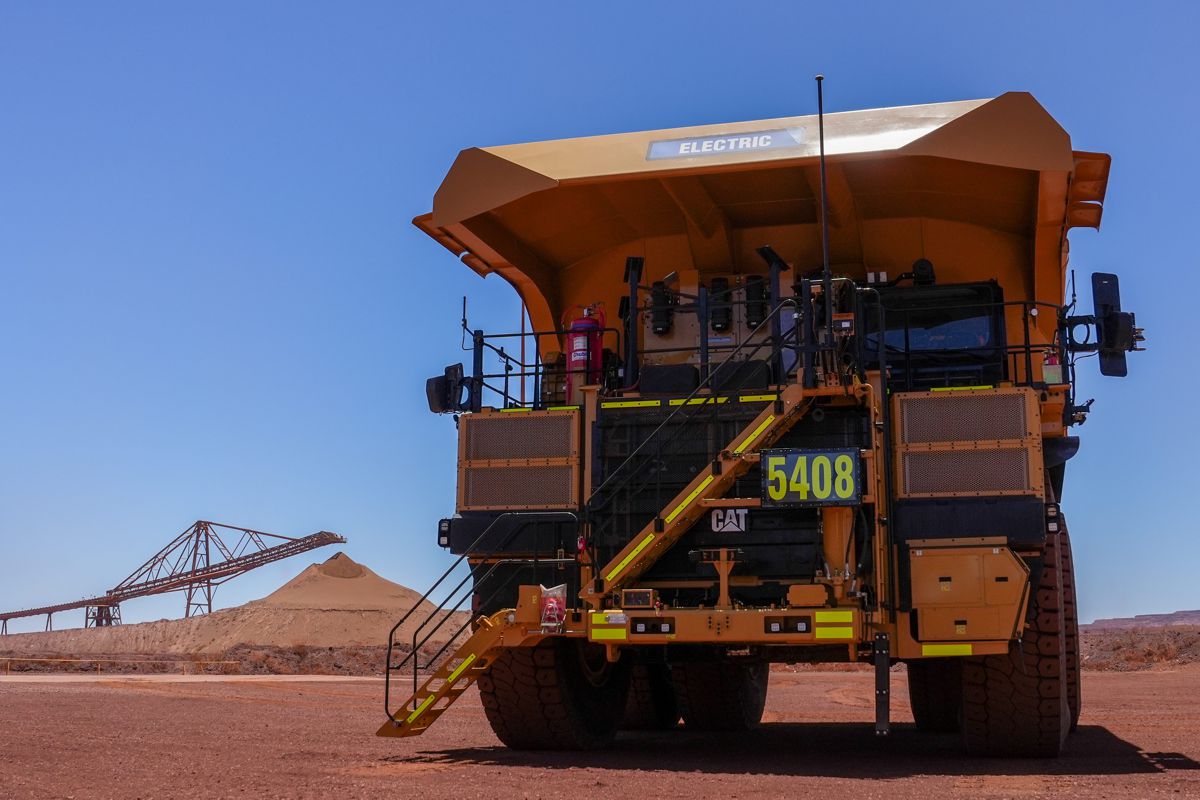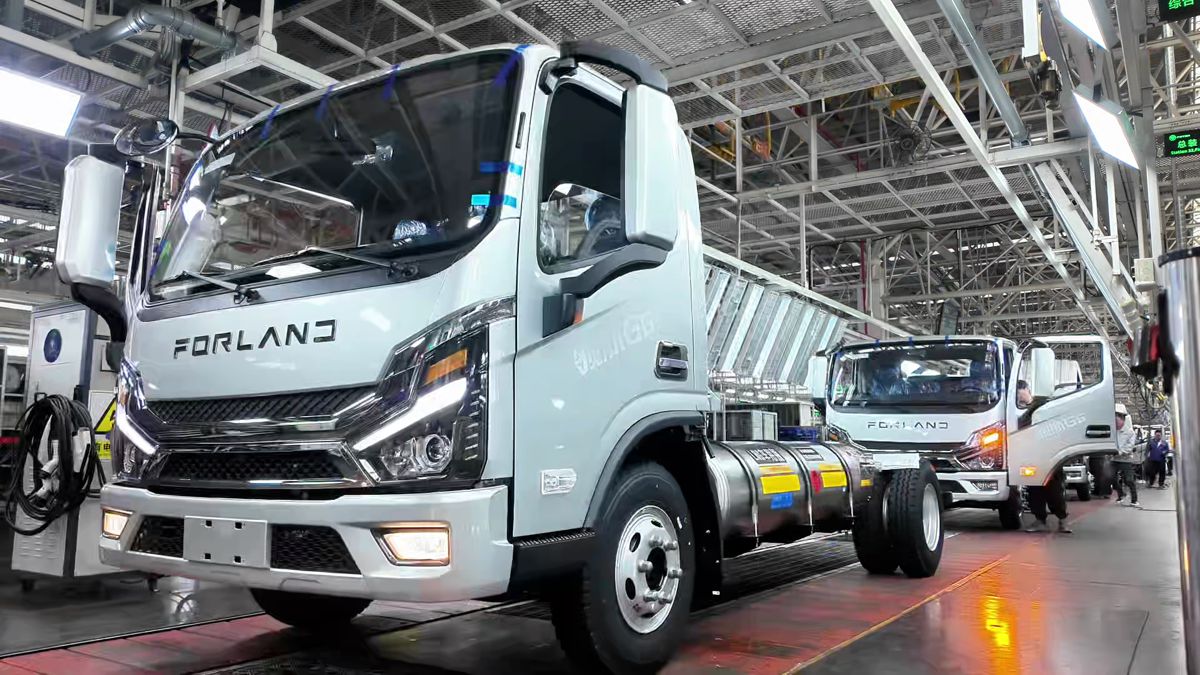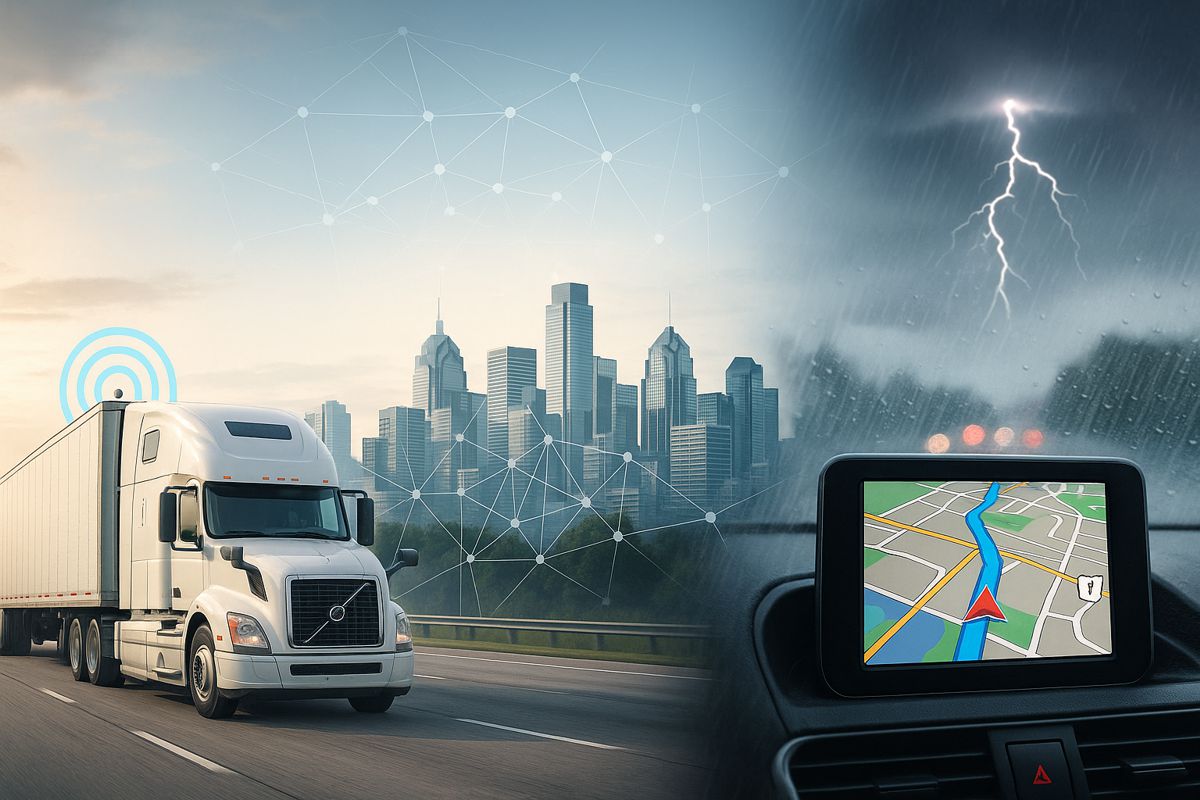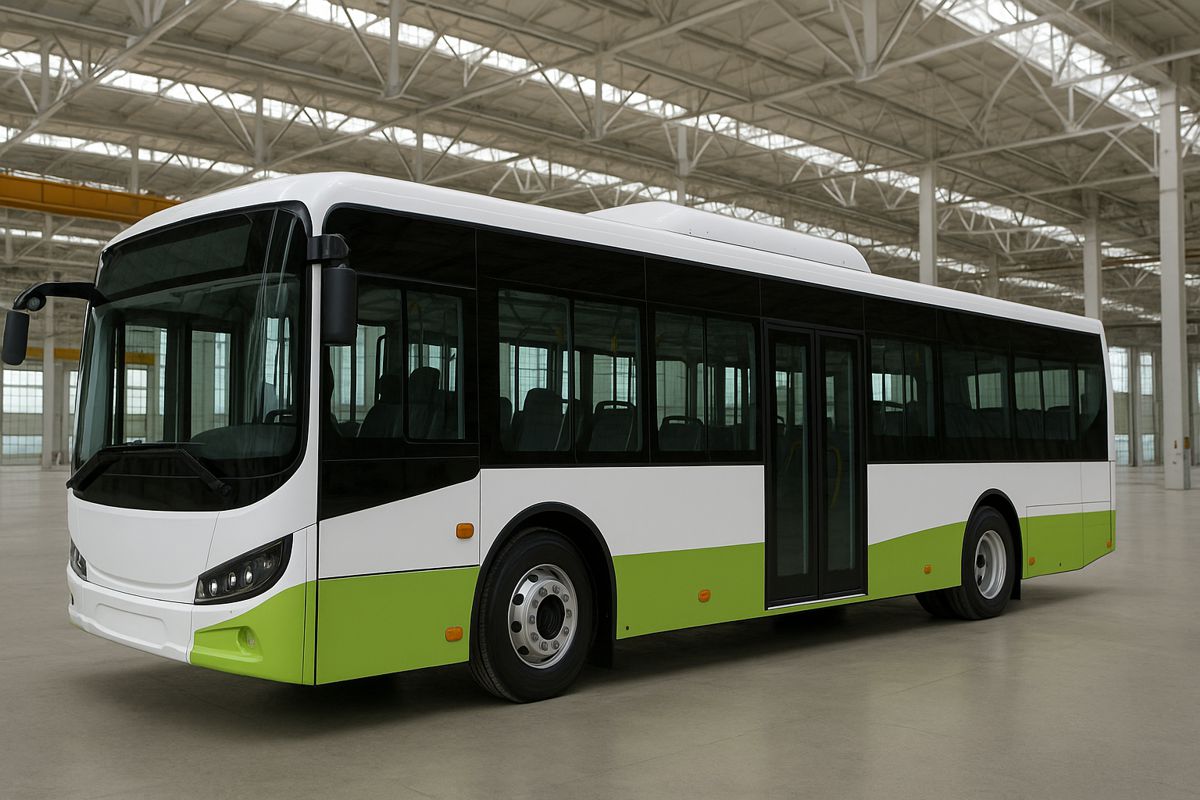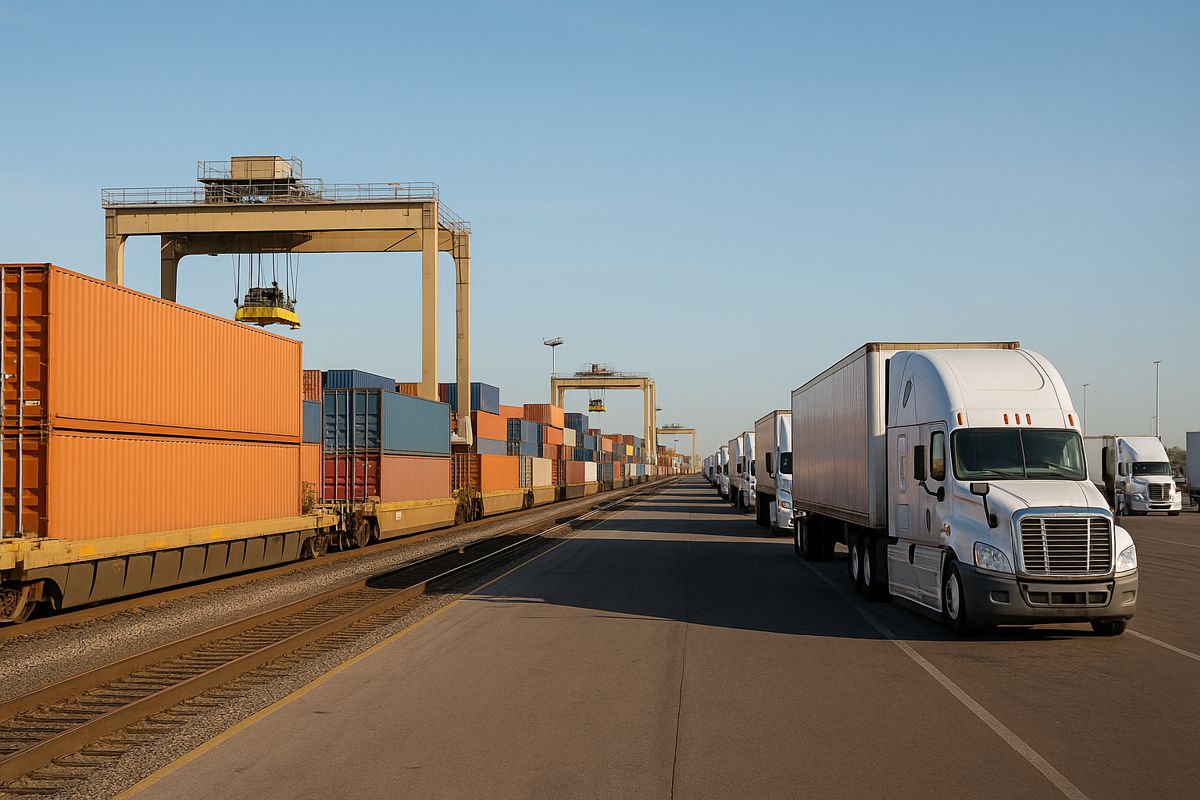Advancements in Fuel Monitoring for Highway Fleets
Fuel efficiency has always been a top priority for highway fleet operators. With rising fuel costs and tightening environmental regulations, the demand for more accurate, real-time fuel monitoring systems has never been greater.
Recent technological developments are transforming how highway fleets manage their fuel consumption, resulting in increased efficiency, reduced waste, and improved profitability.
The Shift Toward Smart Fuel Monitoring
Traditional methods of tracking fuel usage, such as manual logging or basic telematics, are no longer sufficient for modern fleets. Today’s systems offer far greater precision and insight.
Smart fuel monitoring solutions now incorporate Internet of Things (IoT) sensors, GPS tracking, and advanced analytics to give fleet managers a real-time view of fuel consumption across every vehicle.
These solutions help identify inefficient driving behaviours like harsh acceleration or prolonged idling, allowing for timely intervention and driver training. Moreover, they can detect discrepancies between reported and actual fuel use, helping to reduce fraud and unauthorized usage.

Real-Time Data and Predictive Analytics
One of the most impactful advancements in fuel monitoring is the integration of real-time data with predictive analytics. Highway fleets can now leverage machine learning algorithms to forecast fuel needs based on vehicle routes, driver behaviour, traffic conditions, and weather patterns.
This proactive approach supports better route planning and minimizes unexpected refuelling stops, thereby improving overall fleet performance.
In addition to immediate feedback, predictive systems can anticipate maintenance issues linked to fuel system inefficiencies, such as clogged filters or leaking injectors. Early detection reduces downtime and helps prevent costly breakdowns.
Enhanced Integration with Fleet Management Systems
Modern fuel monitoring technology is no longer isolated; it works in harmony with broader fleet management platforms. These integrated systems consolidate fuel data with vehicle diagnostics, route planning, and compliance reporting. Fleet operators benefit from a centralized dashboard where they can access detailed insights on every aspect of their operation.
For highway fleets, this means seamless coordination between dispatch, drivers, and fuel management. Fuel levels, consumption trends, and refuelling schedules are continuously updated and accessible, streamlining logistics and enhancing accountability.
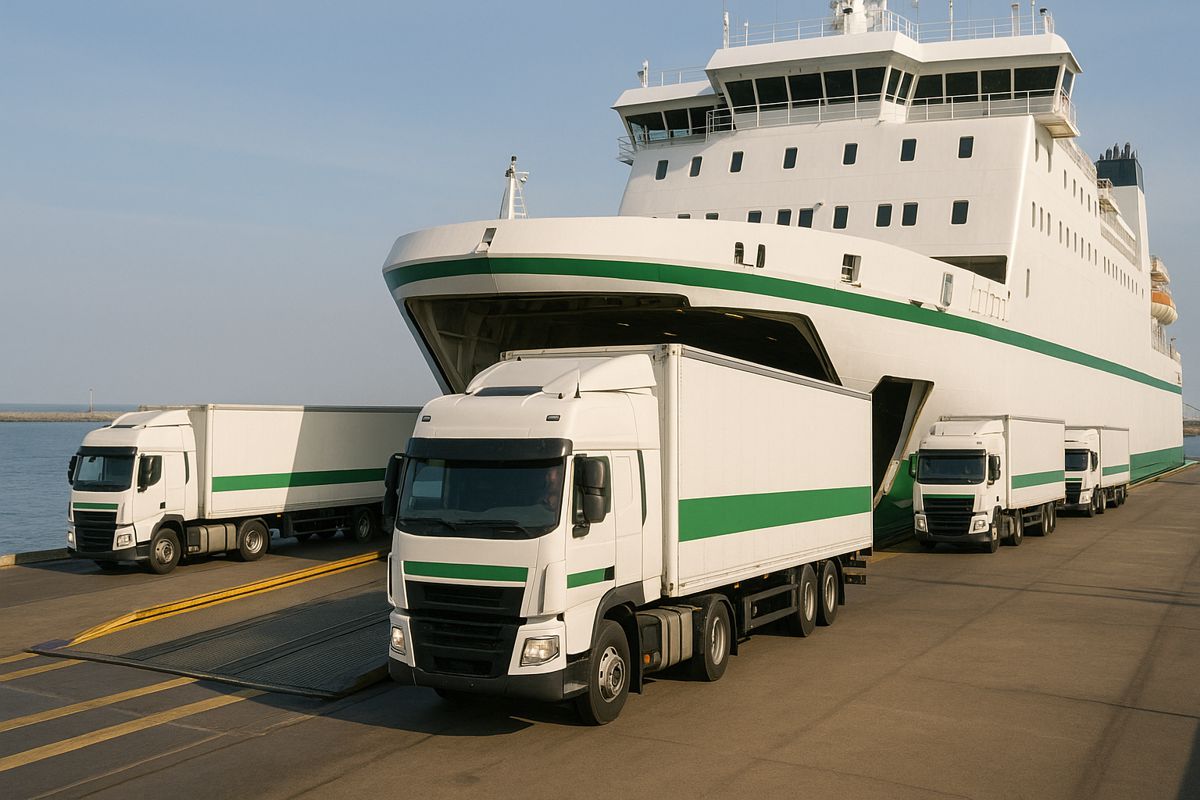
The Role of Fuel Cards and Telematics
Fuel cards are increasingly paired with telematics to provide a more detailed view of fleet fuel usage. With each transaction, data such as fuel type, volume, cost, and location is captured and linked to vehicle telemetry.
This powerful combination enhances transparency and makes it easier to reconcile fuel expenses against actual consumption.
For companies looking to optimize their fuel strategy, working with providers like Radius offers access to solutions that combine fuel cards, telematics, and advanced analytics into a single platform. This holistic approach helps streamline operations and identify new opportunities for savings.
Environmental Impact and Sustainability Goals
Sustainability is another driving force behind the evolution of fuel monitoring. As governments push for reduced emissions and greener fleets, highway operators are under pressure to minimize their carbon footprint.
Advanced fuel monitoring systems support these goals by encouraging more efficient fuel use and highlighting areas where hybrid or electric vehicles could be introduced.
By understanding fuel patterns and emissions data, companies can align more closely with environmental regulations while demonstrating their commitment to sustainability, a factor that’s increasingly important to clients and stakeholders.
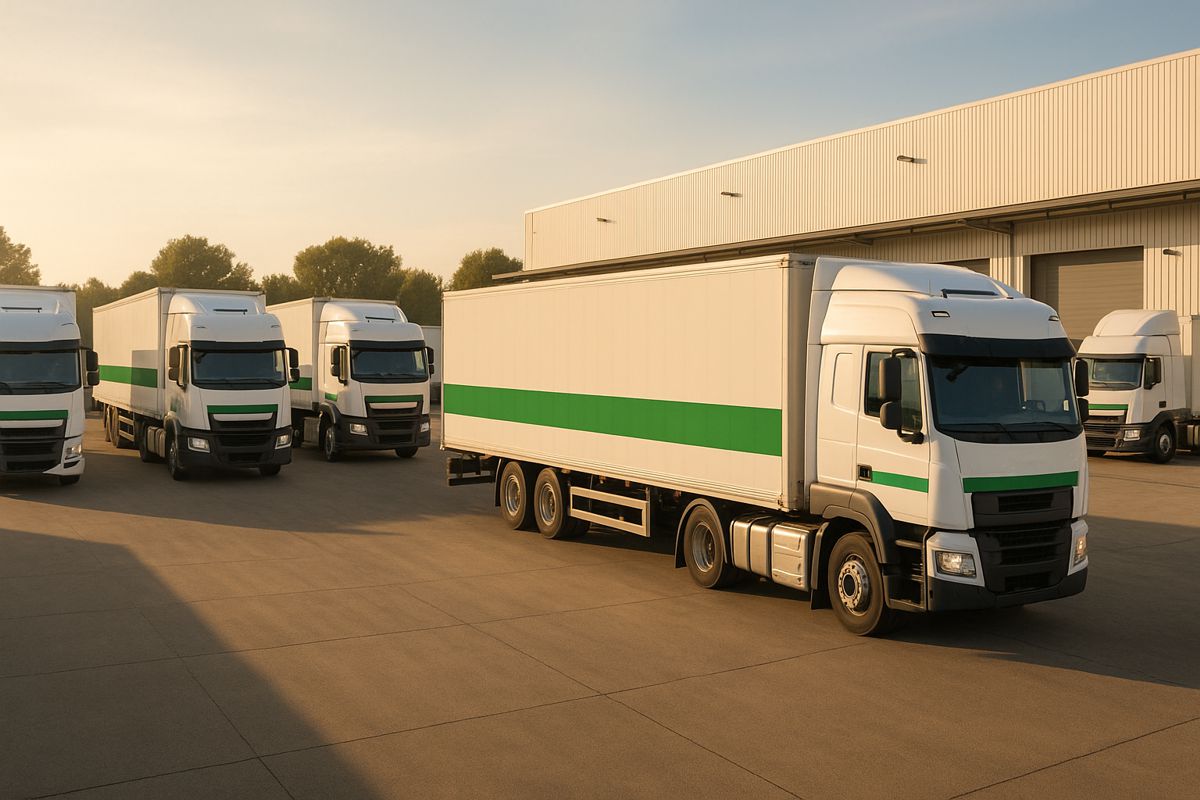
What’s Next for Highway Fleets?
As technology continues to evolve, the future of fuel monitoring will likely include even more precise sensors, AI-driven automation, and deeper integration with smart infrastructure.
For instance, vehicle-to-infrastructure (V2I) communication could one day help fleets avoid traffic-related fuel waste or locate optimal refuelling points in real time.
Highway fleets that invest in these innovations now will be better positioned to handle future challenges, from economic pressures to environmental compliance.
Turn Fuel Monitoring into a Powerful Advantage
Fuel monitoring has come a long way from basic tracking to complex, real-time systems that provide deep operational insights. For highway fleets, embracing these advancements is key to staying competitive, reducing costs, and achieving greater efficiency.
With integrated platforms and expert solutions like those from Radius, fleet operators can turn fuel monitoring into a powerful strategic advantage.











